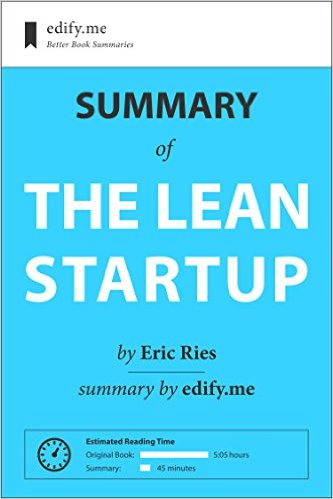

My other startups include two semiconductor companies, Zilog and MIPS Computers, a workstation company Convergent Technologies, a consulting stint for a graphics hardware/software spinout Pixar, a supercomputer firm, Ardent, a computer peripheral supplier, SuperMac, a military intelligence systems supplier, ESL and a video game company, Rocket Science Games. I started my last company, E.piphany, in my living room in 1996. My path has taken me from repairing fighter planes in Thailand during the Vietnam War, to spook stuff in undisclosed location(s), and I was lucky enough to arrive at the beginning of the boom times of Silicon Valley in 1978.Īfter 21 years in 8 high technology companies, I retired in 1999. Put to a vote, I might have been chosen “least likely to succeed” in my New York City high school class. It's the indispensible reference guide for any startup founder, entrepreneur, investor or educator. Glossary, and Customer Development Checklists …plus many more great tips in nearly 500 pages, complete with index, Who are the right "first customers," and why?

…and how to activate customers or users on arrival? What's the right distribution channel for your product? Want to know what to do the first, week, month or year? The Startup Owner's Manual is a step-by-step, near-encyclopedic reference manual or "how to" for building a successful, scalable startup. Offers a wealth of detailed instruction on how to get, keep, and growĬustomers recognizing the different techniques for web and physical channelsĪnd teaches a "new math" for startups: "metrics that matter for fueling growth"

Provides separate paths and advice for web/mobile products versus Incorporates the "Business Model Canvas" as the organizing principle for The Manual incorporates 10 years of learning and best practices Sparked the Lean Startup revolution, comes its sequel… Now a decade after the Four Steps to the Epiphany


 0 kommentar(er)
0 kommentar(er)
